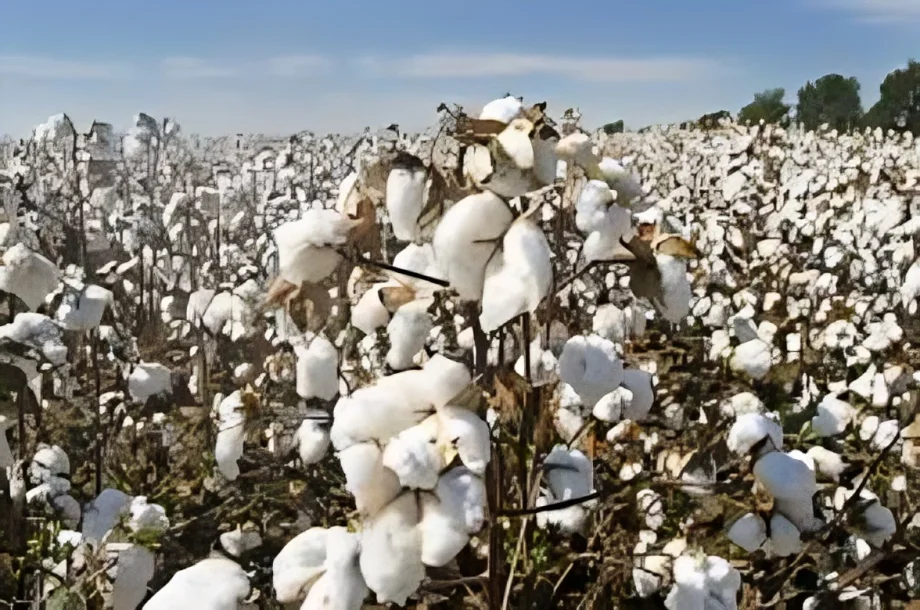Cotton, often referred to as “white gold,” plays a critical role in Pakistan’s economy. It supports the country’s textile industry, contributes significantly to GDP, and provides livelihood to millions of farmers. With rising global demand and increasing competition, improving cotton production technology in Pakistan is more important than ever.
The adoption of advanced techniques, better seed varieties, and integrated pest management is key to ensuring higher yields, improved quality, and sustainability.
Introduction to Cotton Production
Cotton is a major cash crop in Pakistan, primarily cultivated in Punjab and Sindh. The crop thrives in warm climates with well-drained soil. Traditionally, cotton production has relied heavily on manual labor, conventional irrigation, and outdated practices. However, recent advancements are transforming the sector.
Latest Cotton Production Technology in Pakistan
- BT Cotton Seeds:
The introduction of BT (Bacillus thuringiensis) cotton has revolutionized cotton farming in Pakistan. These genetically modified seeds are resistant to bollworms, one of the most destructive pests. As a result, farmers benefit from reduced pesticide use and increased crop yields. - Precision Farming:
Farmers are now shifting towards precision agriculture using GPS mapping, soil sensors, and drone surveillance. These technologies help monitor crop health, optimize water use, and reduce input waste. - Drip Irrigation System:
Unlike traditional flood irrigation, drip irrigation conserves water and delivers moisture directly to the root zone. This method minimizes water loss and improves cotton plant growth. - Laser Land Leveling:
This technology ensures uniform land surface, which boosts water distribution and reduces wastage. Studies show that laser leveling can increase water-use efficiency by up to 30%. - Integrated Pest Management (IPM):
Modern IPM techniques involve the use of natural predators, crop rotation, and minimal use of synthetic chemicals. This eco-friendly approach helps in long-term pest control and keeps soil fertility intact. - Cotton Mechanization:
The use of cotton pickers and harvesters is gaining popularity to combat labor shortages and reduce harvesting time. Mechanical harvesting also reduces post-harvest losses. - Digital Mobile Apps:
Apps like “Zarai Baithak” and “AgriSmart” provide real-time advice on fertilizer application, weather updates, and pest alerts. This empowers farmers with knowledge and data-driven decisions.
Read More: Experts Highlight Advanced Cotton Production Technology as Key to Higher Profits
Government Initiatives to Boost Cotton Technology
The Government of Pakistan, through agricultural departments and collaborations with China, is promoting cotton R&D programs. New varieties like CIM-663 and NIAB-878 have been introduced with higher heat and disease resistance. Subsidies on certified seeds and machinery are also being provided.
FAQs about Cotton Production Technology
Q1: What is the best time to sow cotton in Pakistan?
A: In Punjab, cotton is sown from mid-April to end-May, and in Sindh, from early April to mid-May.
Q2: What are BT cotton seeds?
A: BT cotton seeds are genetically modified to resist pests like bollworms, leading to higher productivity.
Q3: How does drip irrigation help in cotton farming?
A: Drip irrigation provides water directly to roots, saving water and improving crop health.
Q4: Is laser land leveling beneficial?
A: Yes, it helps distribute water evenly and enhances soil structure, increasing yield by up to 25-30%.
Q5: Which mobile apps are useful for cotton farmers in Pakistan?
A: Apps like Zarai Baithak, AgriSmart, and Pakistan Agriculture provide useful tips and updates.
To remain competitive in the global market, Pakistan must continue to invest in modern cotton production technology. By adopting innovative methods such as BT seeds, precision farming, and mechanization, farmers can improve yield, reduce costs, and enhance cotton quality. This not only boosts individual income but also strengthens the national economy.









